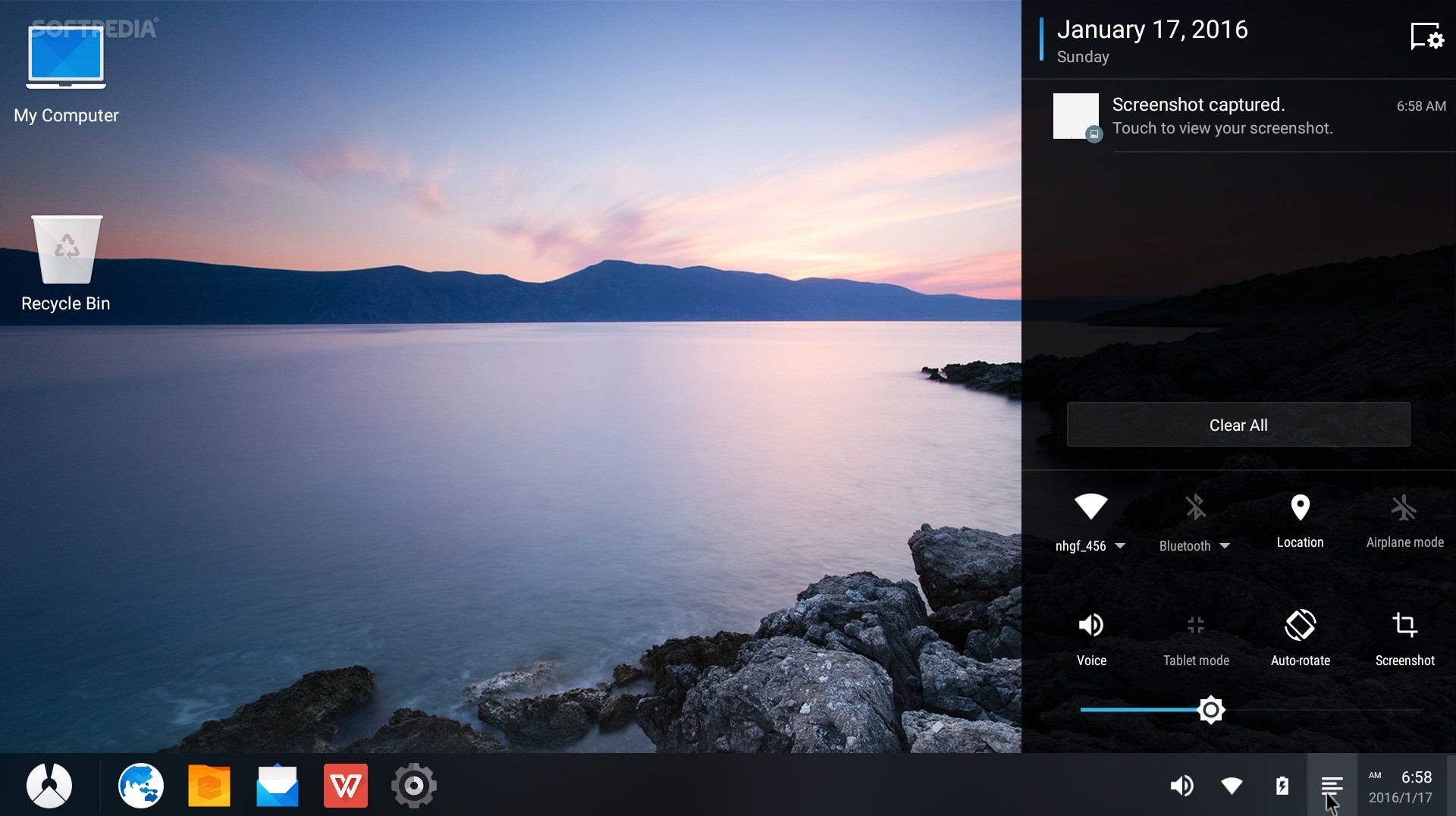

- INSTALL PHOENIX OS FROM UBUNTU HOW TO
- INSTALL PHOENIX OS FROM UBUNTU INSTALL
- INSTALL PHOENIX OS FROM UBUNTU DRIVERS
- INSTALL PHOENIX OS FROM UBUNTU ISO
- INSTALL PHOENIX OS FROM UBUNTU WINDOWS 7
INSTALL PHOENIX OS FROM UBUNTU INSTALL
If VMware Tools are not installed on that VM, you can see a notification and a clickable button Install VMware Tools. If your VM is running on VMware ESXi managed by vCenter, open VMware HTML5 vSphere Client, and select your VM in Host and Clusters. Insert the virtual DVD image that contains the VMware Tools installer.

In order to install VMware Tools on Linux, perform the following actions.ġ.
INSTALL PHOENIX OS FROM UBUNTU ISO
If ISO images with VMware Tools are missing on the machine running a VMware hypervisor, you can download the necessary ISO image with VMware Tools from VMware’s web site. ISO images are stored in the installation directory of VMware Workstation on Windows.

The legacy method can be useful when you need to install VMware Tools on older versions of Linux. The idea of this method is to insert a virtual ISO disk image that contains the VMware Tools installer to a virtual DVD drive of the VM, run the executable file of the standalone installer, and install VMware Tools. The legacy method to install VMware Tools
INSTALL PHOENIX OS FROM UBUNTU HOW TO
Let’s review how to install VMware Tools on a VM running Ubuntu 18 ESXi 6.5 and VMware Workstation 15 are used in our lab for writing today’s blog post. The algorithm for installing VMware Tools is similar for VMs running on VMware ESXi, VMware Workstation, VMware Player and VMware Fusion. In other Linux distributions, use the appropriate package managers such as zypper in SUSE and yum in Red Hat based distributions. In Debian-based distributions, you can install the necessary packages with the command:Īpt-get install binutils cpp gcc make psmisc linux-headers-$(uname -r) In some Linux distributions, you may need to manually install the packages required for VMware Tools installation (such as kernel headers and tools that are needed to compile VMware Tools during installation).
INSTALL PHOENIX OS FROM UBUNTU DRIVERS
Each hardware version uses the appropriate emulated hardware, drivers which are installed with VMware Tools. As you may recall, when you create a VM, you should select the hardware version. This is achieved through offering better mouse performance (no lags with a mouse pointer), higher graphics performance, shared clipboard, the ability to drag & drop files, in addition to scripting to automate tasks inside a VM. The steps after GParted boots are simple: choose the default options (just hit enter when prompted).VMware Tools is a set of drivers and utilities that are installed on a guest operating system (OS) and can improve the performance of the guest OS, synchronize time between a host and guest, and improve the user experience. To format a disk as MBR, simply image GParted onto a USB drive and boot your computer with the USB Flash drive inserted. The specific function that you need is to format the storage drive's partition as MBR. Among its many features, it can prepare a storage drive for receiving an installation of an operating system. In my experience, though, it does not.ĭownload GParted for this step. I should also note that GPT sometimes works with Phoenix OS. If you already know whether or not the drive is MBR, skip this step. Many older drives come with MBR as its partition table as default. Why is this step optional? The only reason you need this step is to change the boot drive's partition table from GPT to MBR. Step 4: Prepare Your Target Drive for Installation (Optional) Turn off Fast Boot and Secure Boot, if possible.
INSTALL PHOENIX OS FROM UBUNTU WINDOWS 7


 0 kommentar(er)
0 kommentar(er)
